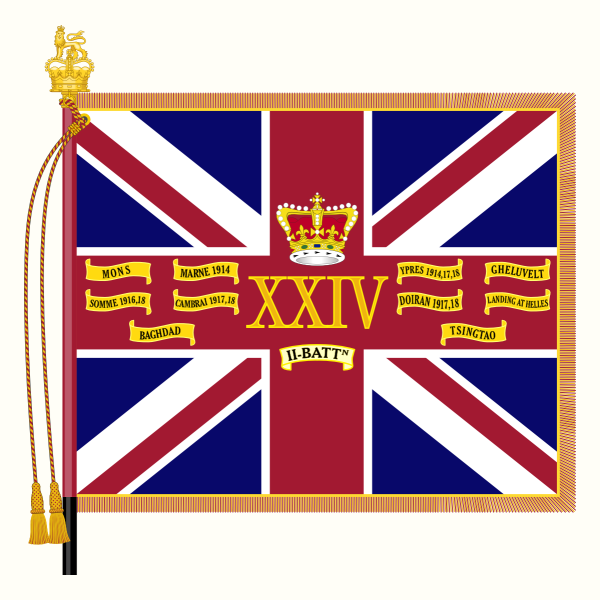Text from The Saint Andrew Daily Missal,
unless stated otherwise.
Saint Matthew.
Apostle And Evangelist.
Feast Day 21 September.
Double of The Second-Class.
Red Vestments.
English: The Inspiration of Saint Matthew.
Français: L'Inspiration de saint Matthieu.
Date: 1602.
Current location: Contarelli Chapel, Church of San Luigi dei Francesi, Rome, Italy.
Source/Photographer: http://www.ibiblio.org/wm/paint/auth/caravaggio/matthew.jpg
(Wikimedia Commons)
Illustration: UNA VOCE OF ORANGE COUNTY
Artist: René de Cramer.
"Copyright Brunelmar/Ghent/Belgium".
Used with Permission.
We read in the Gospel, Saint Matthew's own account of his conversion. The Epistle describes the famous vision, where Ezechiel saw four symbolical animals, which, from earliest Centuries, have been recognised as types of The Four Evangelists.
Saint Matthew is represented by the animal with a human face, because he commences his Gospel by tracing the human descent of Jesus. His object in writing this book, which is stamped by true wisdom (Introit), was to prove that Jesus realised The Prophecies relating to The Deliverance of Israel and that He is, therefore, The Messias.
After Pentecost, The Apostle Preached The Good News in Palestine and in Ethiopia, where he was Martyred.
The name of Saint Matthew is in The Canon of The Mass, in the group of The Apostles.
Every Parish Priest Celebrates Mass for the people of his Parish.
Mass: Os justi.
Epistle: Similitudo vultus.
Creed.
Preface: Of The Holy Apostles.
































